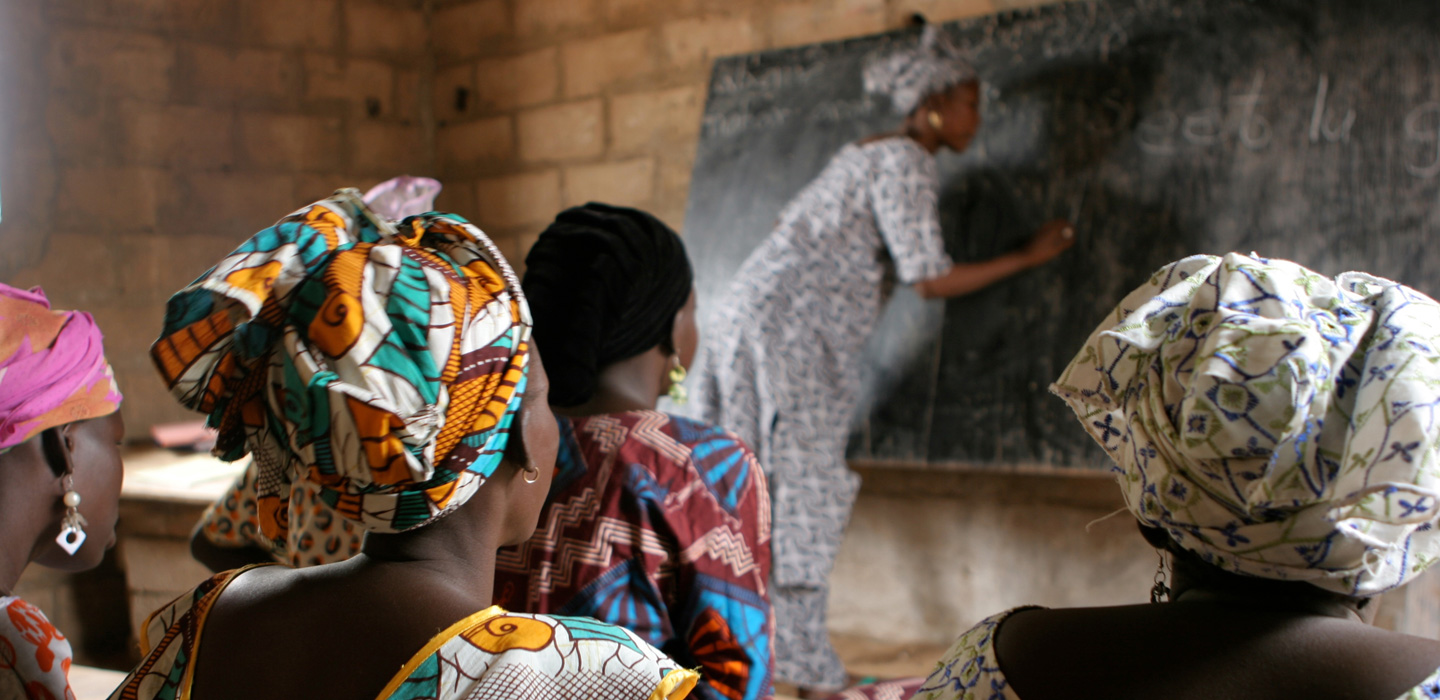Knowledge
Knowledge

Knowledge
Search Results Filters
Search Results
FAO's and IFAD's Engagement in Pastoral Development
Country-Level Policy Engagement - a review of experience
IFAD’s Junior Professional Officer Programme
Farmers’ Africa: Complementary actions for the benefit of African producers
Farmers’ Africa is a capacity-building programme that aims to improve the livelihoods and food security of rural producers in Africa. It works with farmers’ organizations (FOs) to help them evolve into more stable, performing and accountable organizations that effectively represent their members and advise them on farming enterprises.
The programme supports the main functions of FOs, promotes their engagement in policy processes and contributes to their professionalization. It also supports the efforts of FOs to provide economic services to their members.
African Postal Financial Services Initiative
The African Postal Financial Services initiative is a joint regional programme launched by IFAD and the European Commission in collaboration with the World Bank, the Universal Postal Union (UPU) – a specialized United Nations agency for the postal sector, the World Savings Banks Institute/European Savings Banks Group (WSBI/ESBG) and the United Nations Capital Development Fund (UNCDF).
This uniquely broad-based partnership seeks to enhance competition in the African remittance market by promoting and enabling post offices in Africa to offer remittances and financial services. Post offices are ideally placed to deliver remittances in rural areas, but they often lack the business model, technology and expertise to process real-time payments such as remittances in an efficient and safe manner. The goal of this initiative is to promote, support and scale up key postal networks in Africa in the integration of remittance services.
Methodological Reflections following the second PIALA Pilot in Ghana
IFAD has to report to its Members States on the total number of rural people lifted out of poverty1. The government programmes it funds, however, are implemented in complex ways and environments that challenge mainstream evaluation practice. The challenge for IFAD and its co- implementing and co-funding partners, moreover, is not just to rigorously assess impact but also to understand the processes generating impact in order to realize its ambitious targets (IFAD, 2011). Albeit a strong emphasis on quantitative measurement, there is a need for impact evaluation that fosters learning and responsibility.
How to monitor progress in value chain projects
How to do note: Livestock value chain analysis and project development
The step-by-step approach to VC analysis and project design follows the basic IFAD project design cycle.Each step is briefly described and followed by guiding questions for the project design team. The VC approach should be adopted early in the project cycle, such as when developing project concept notes for a country strategic opportunities programme (COSOP).